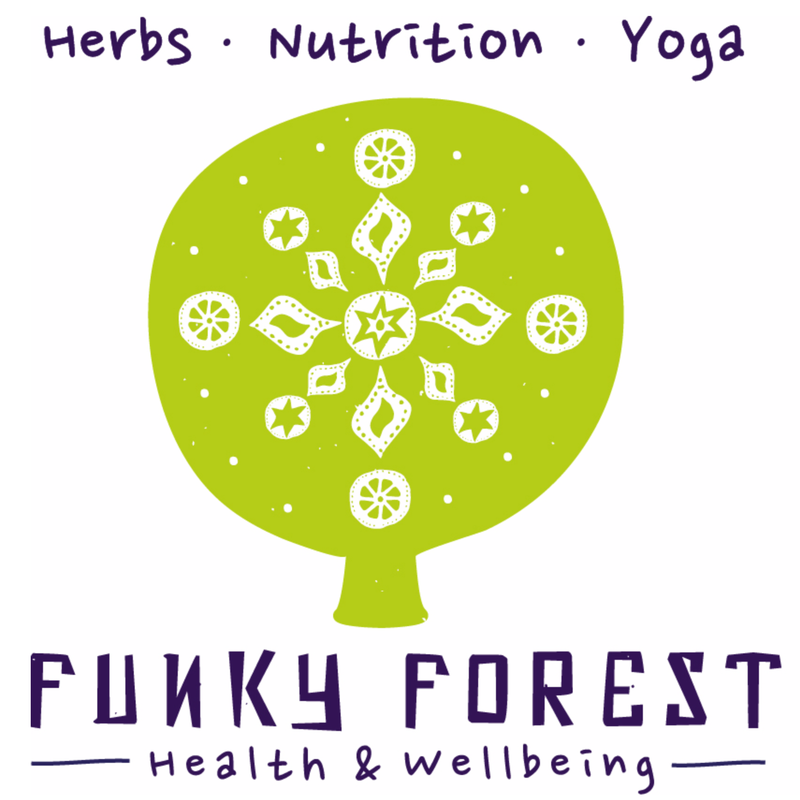Strength and Conditioning does this.
The application of sports science to movement, Strength and Conditioning - or S&C for short - is a wonderful way to make positive and significant changes to your multiple facets of your wellbeing - not just physical strength.
You can benefit from Strength and Conditioning whether you're an athlete, a weekend warrior, or just a regular human looking to feel stronger and more capable in your body.
All bodies can benefit from this type of training. You can benefit if you're a yogi who has never touched a weight before. You can benefit if you're in a larger body. You can benefit if you're an older person. Or you're peri-menopausal. You can benefit if you're in a disabled body.
You can benefit even if your previous experience with bootcamps, weight rooms and WODs has been intimidating and off-putting (I know mine had been!).
A previously die-hard yoga purist, I now bring elements of S&C into my yoga classes such as strength training and mobility. And the feedback I've received is overwhelmingly positive. So much so that I'm now undergoing my Level 1 Strength & Conditioning coaching certification and will shortly start offering classes that focus purely on accessible Strength and Conditioning for all bodies!
But before I get all excited about that, we need to answer a few questions you may have, starting with...
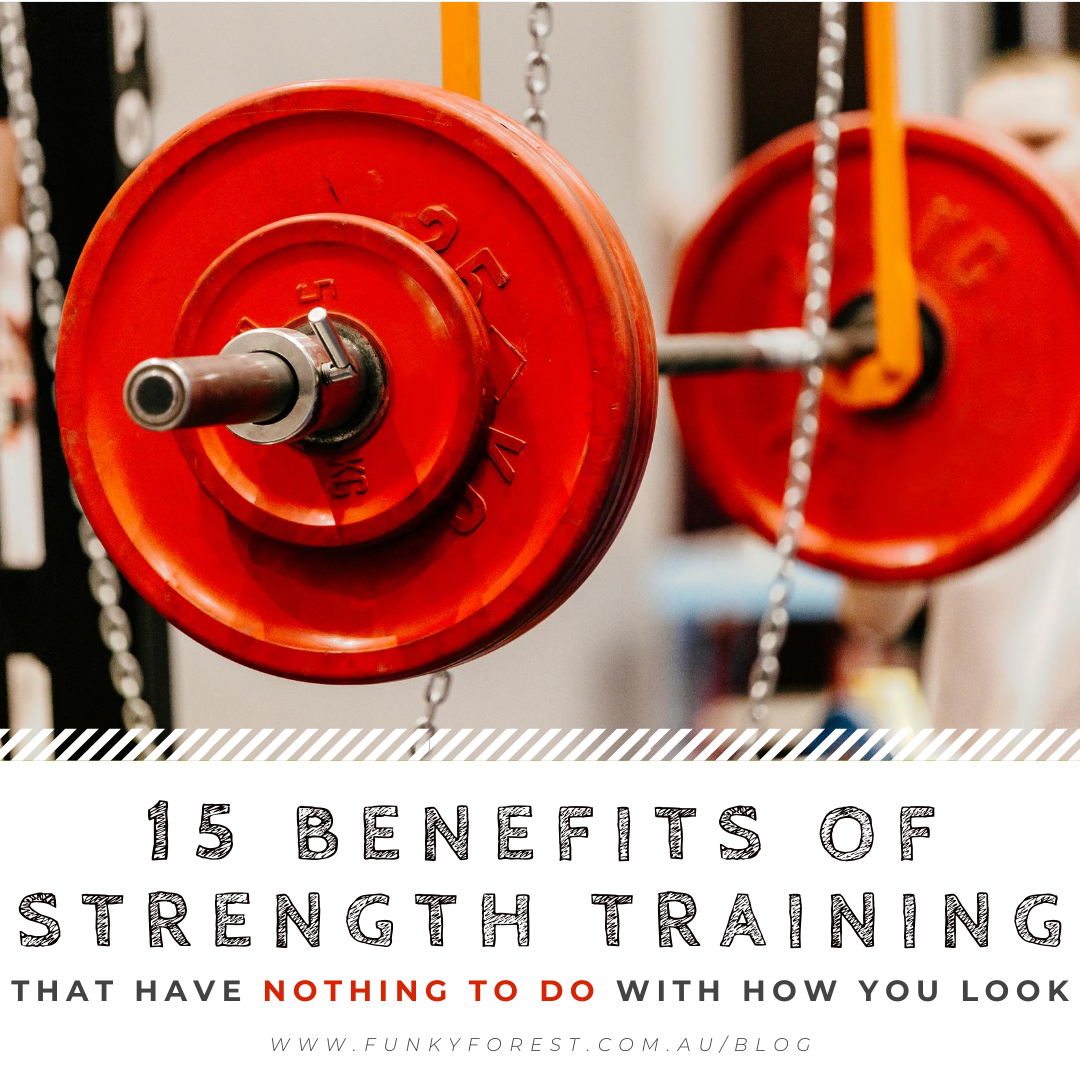
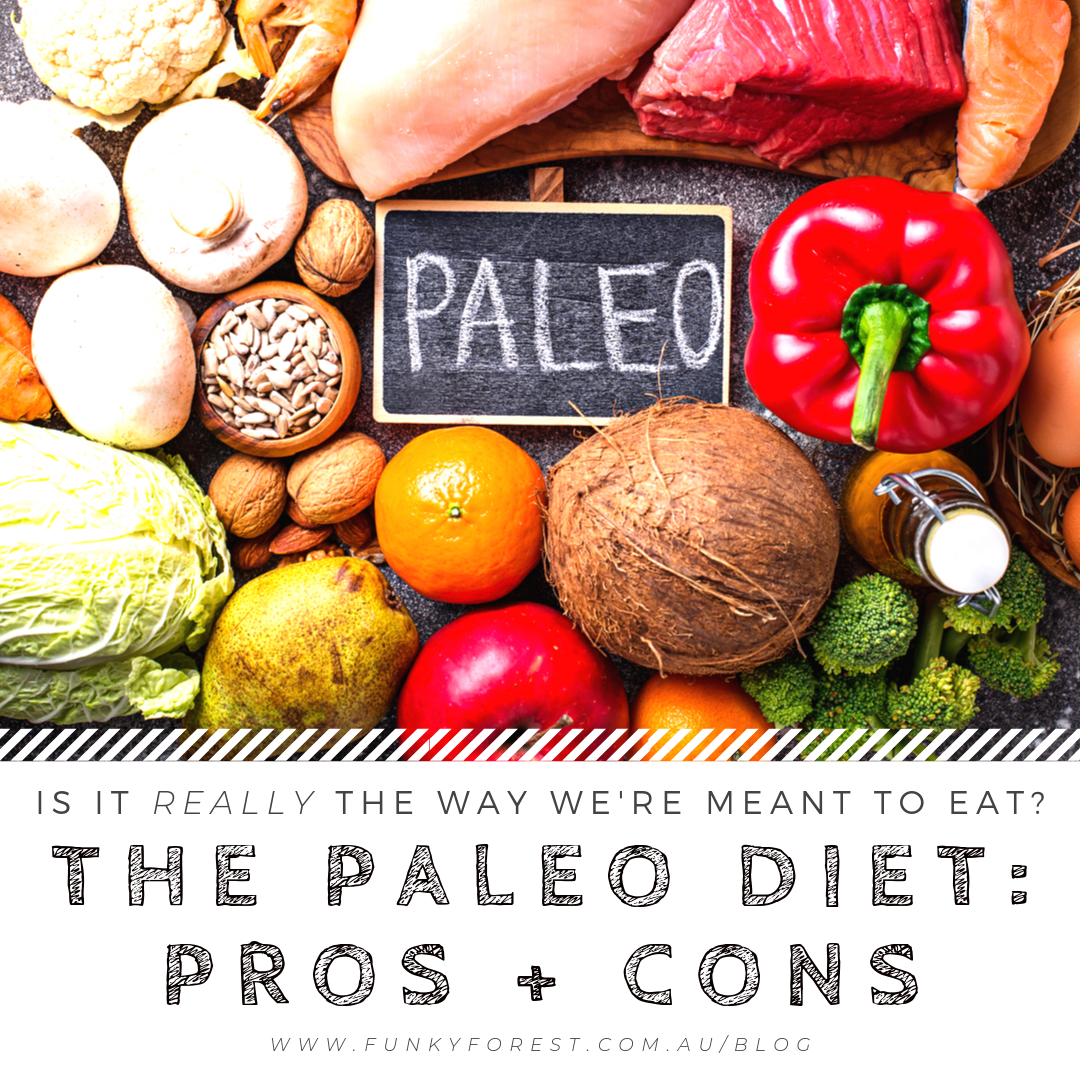
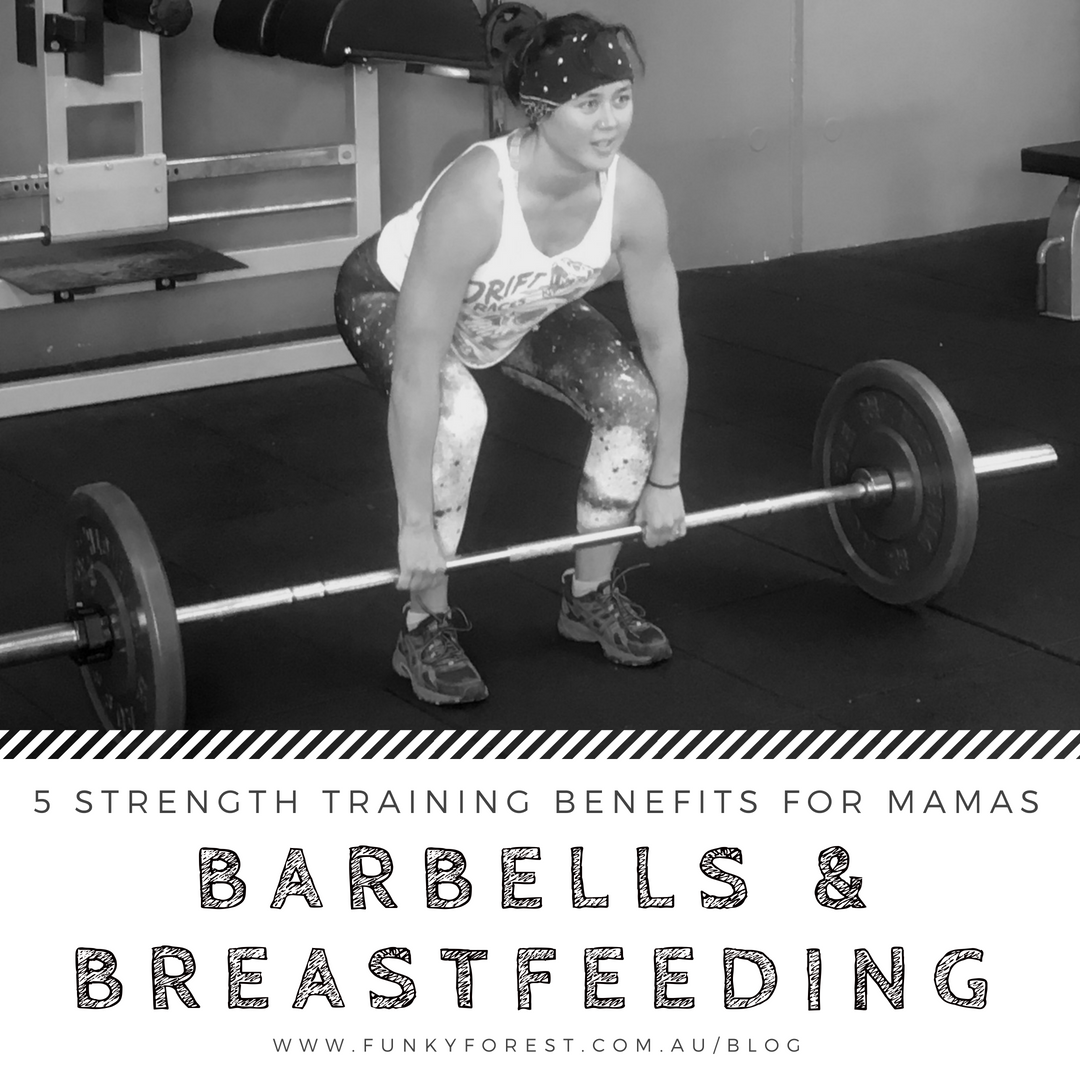
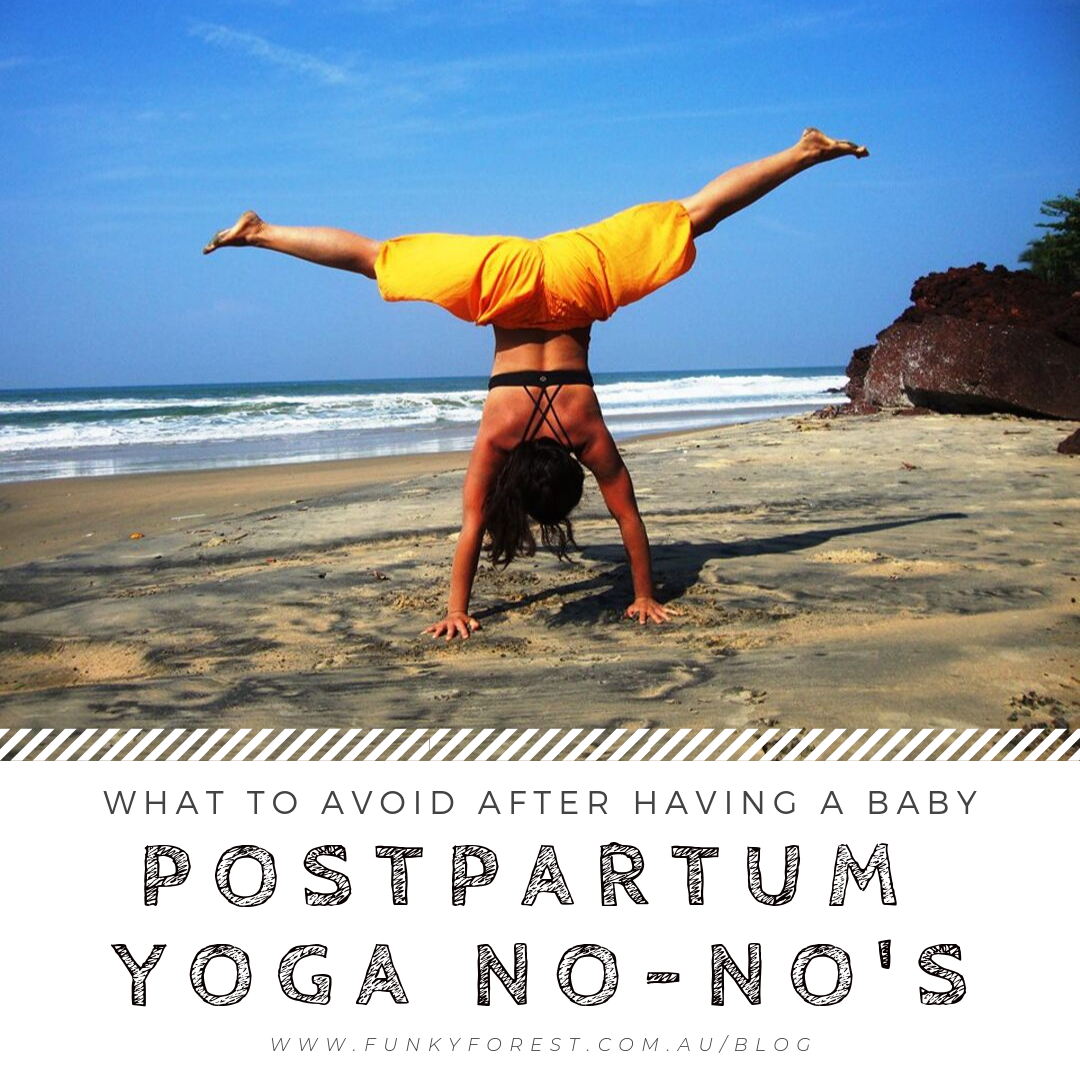
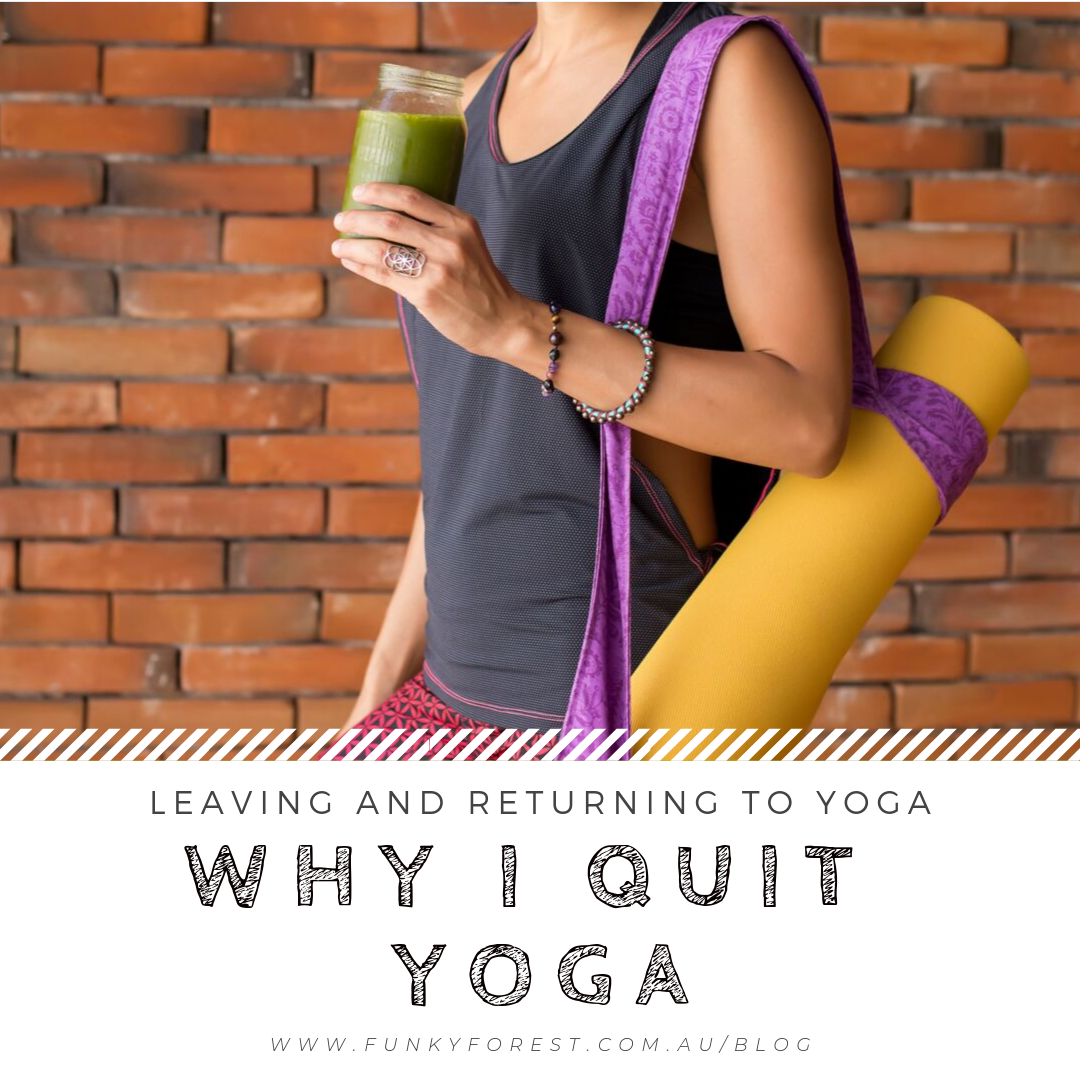
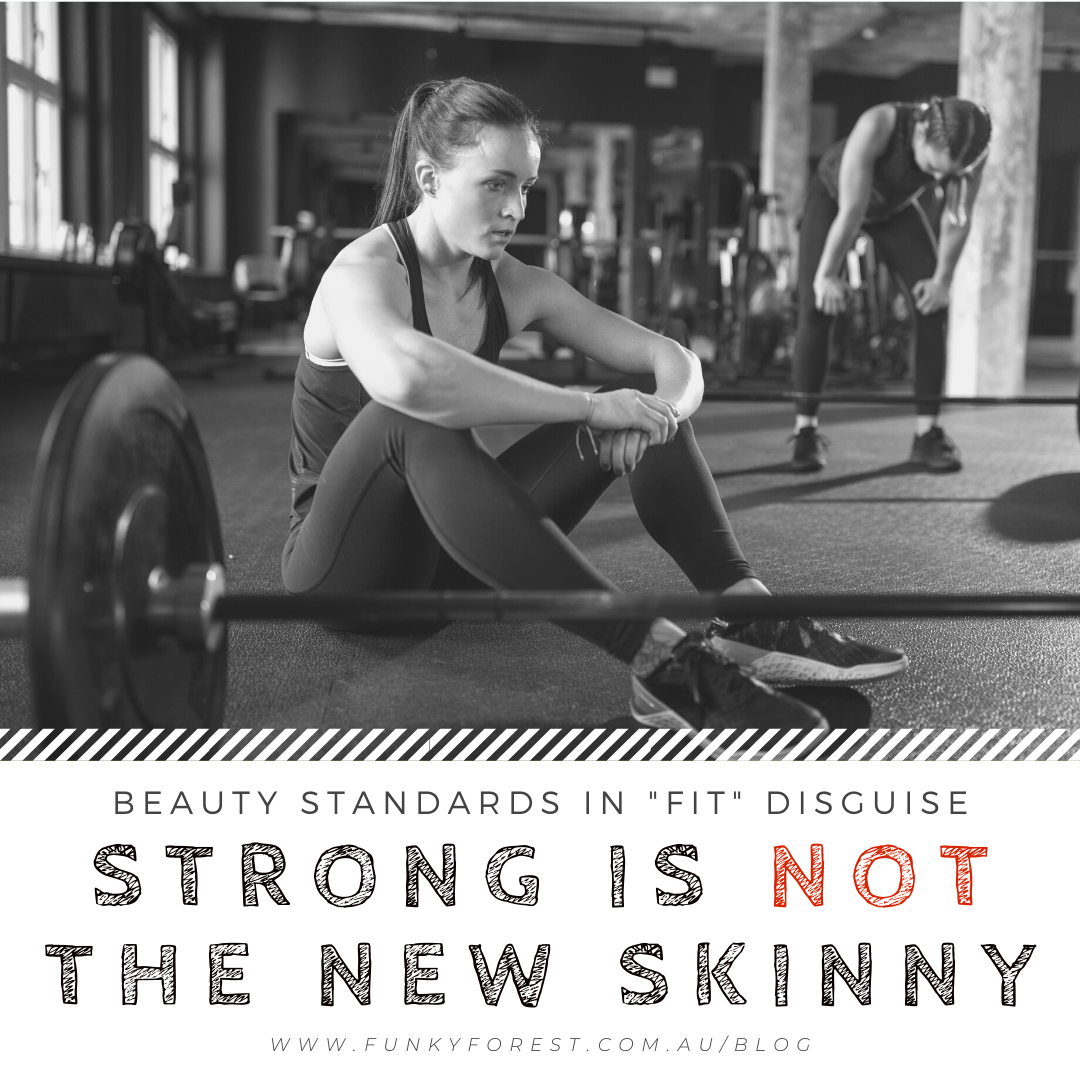
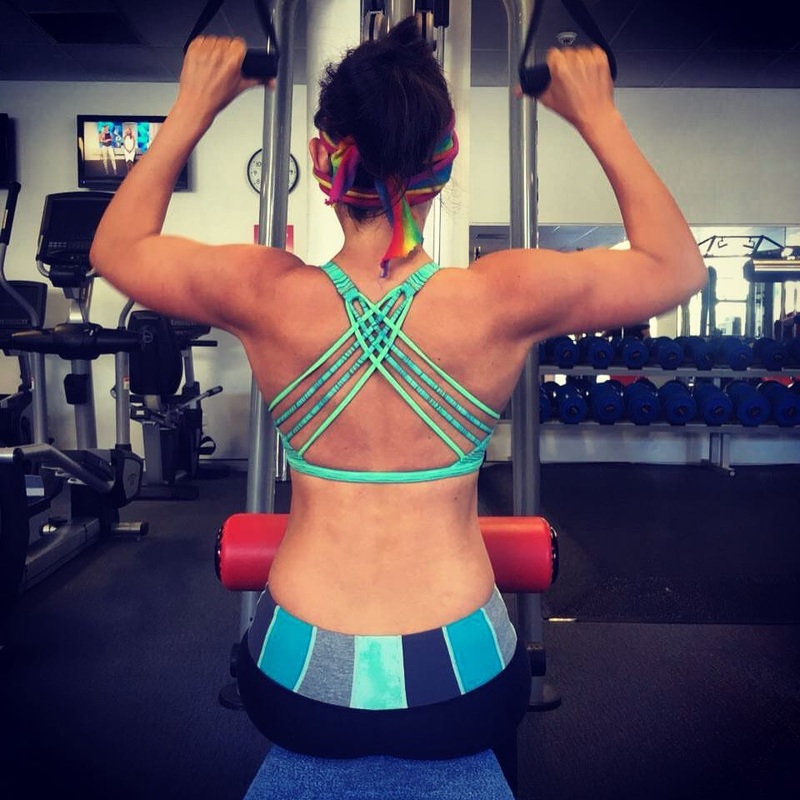


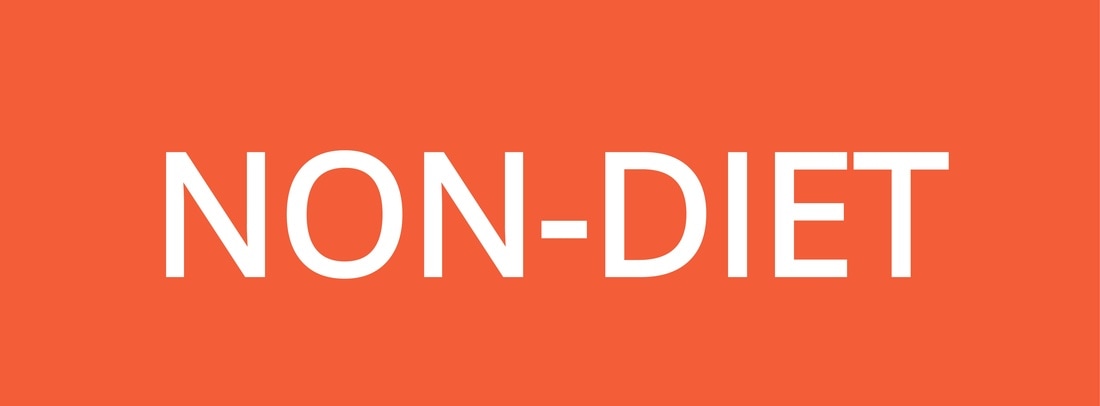


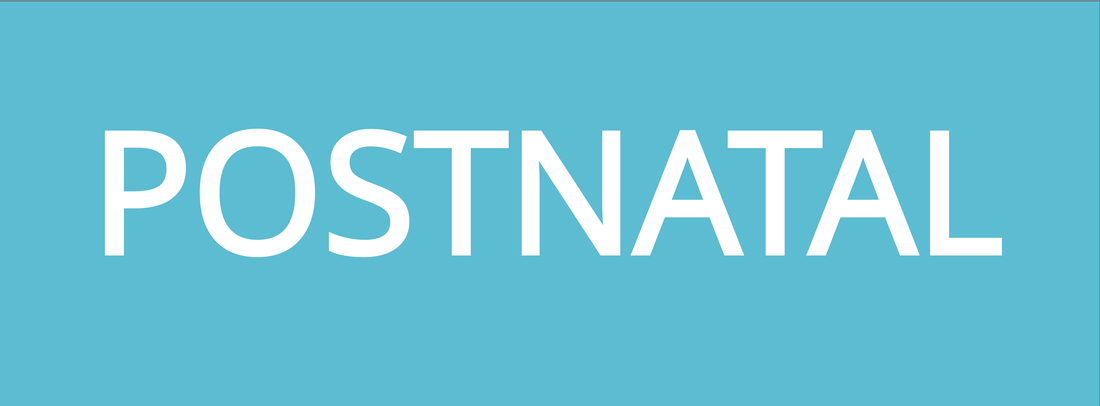
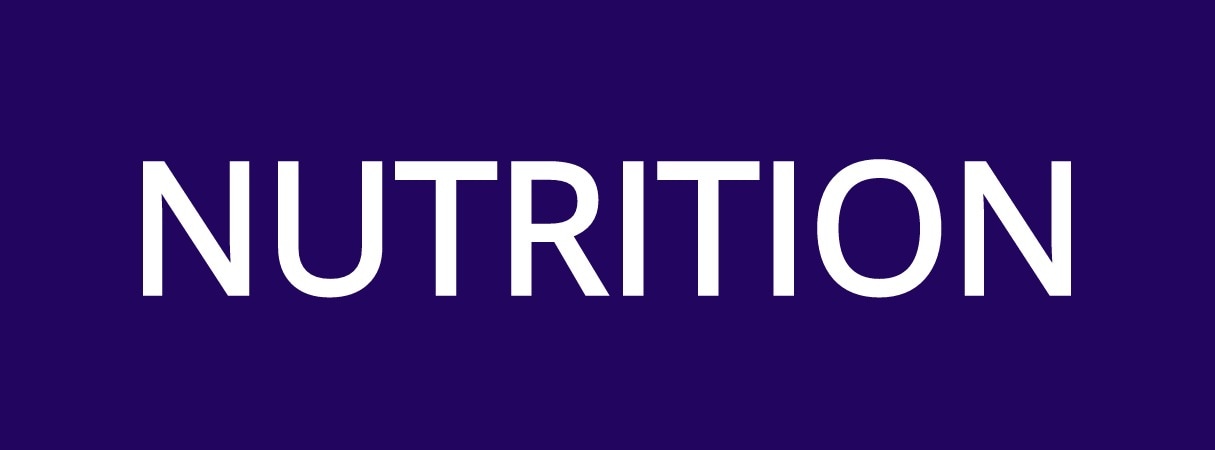

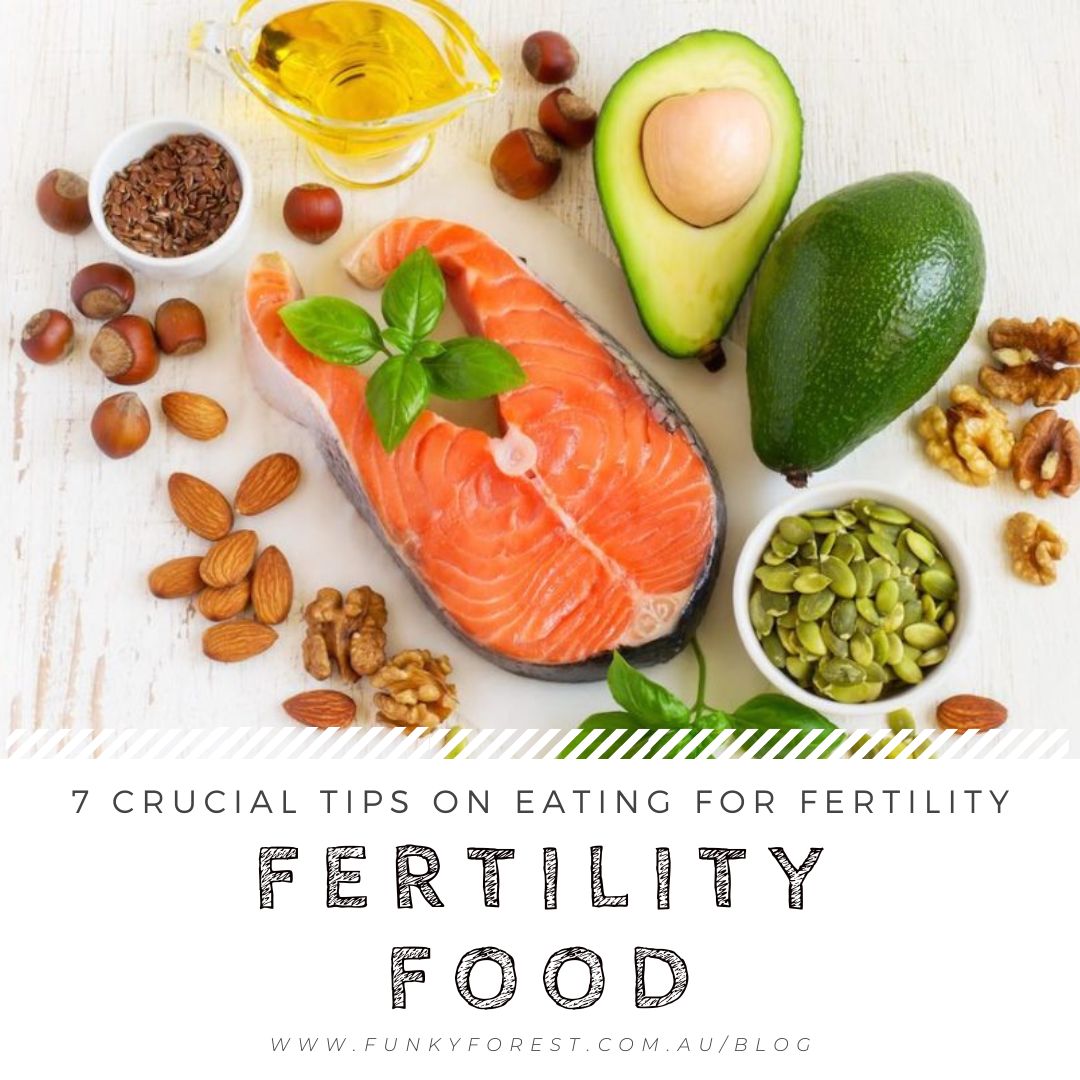
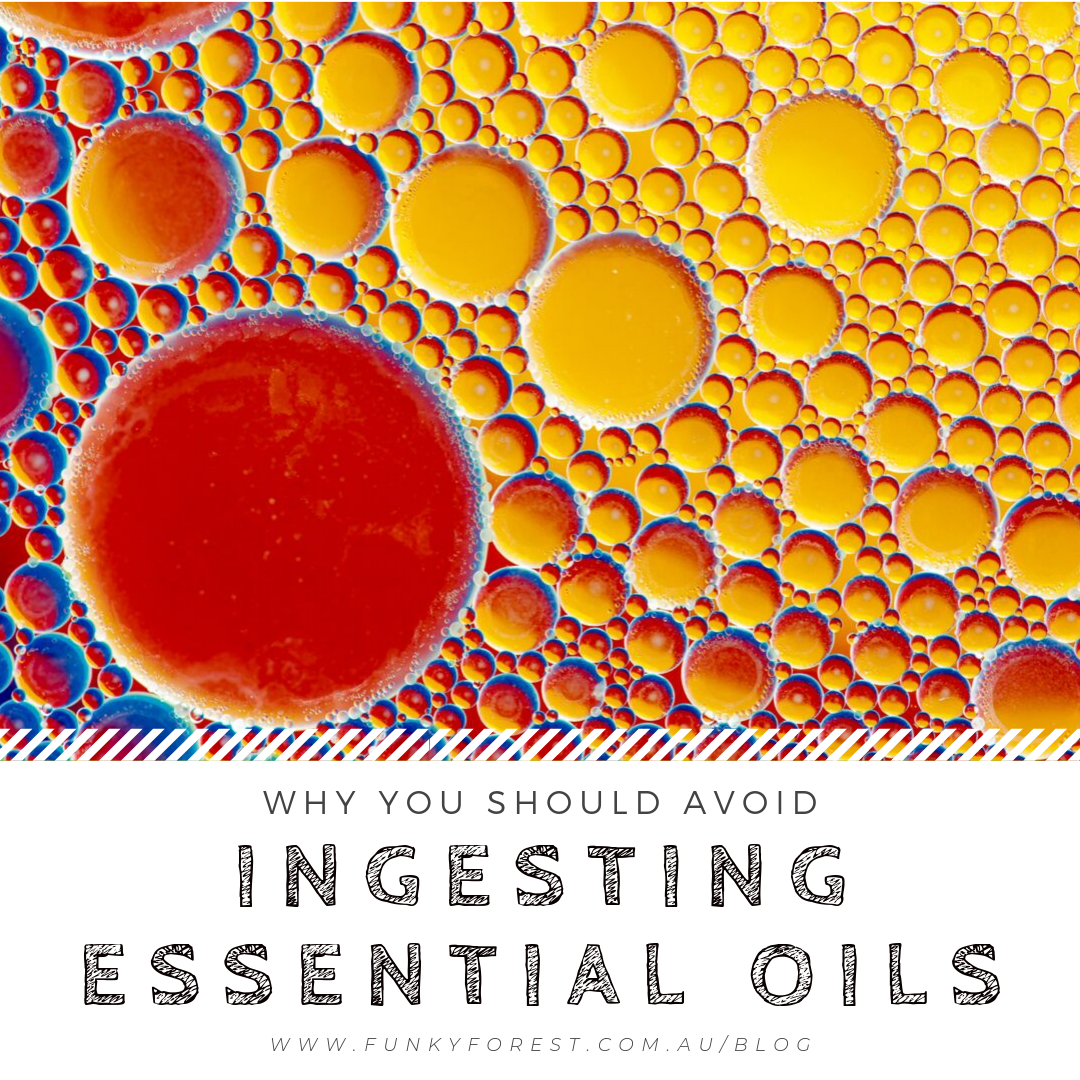
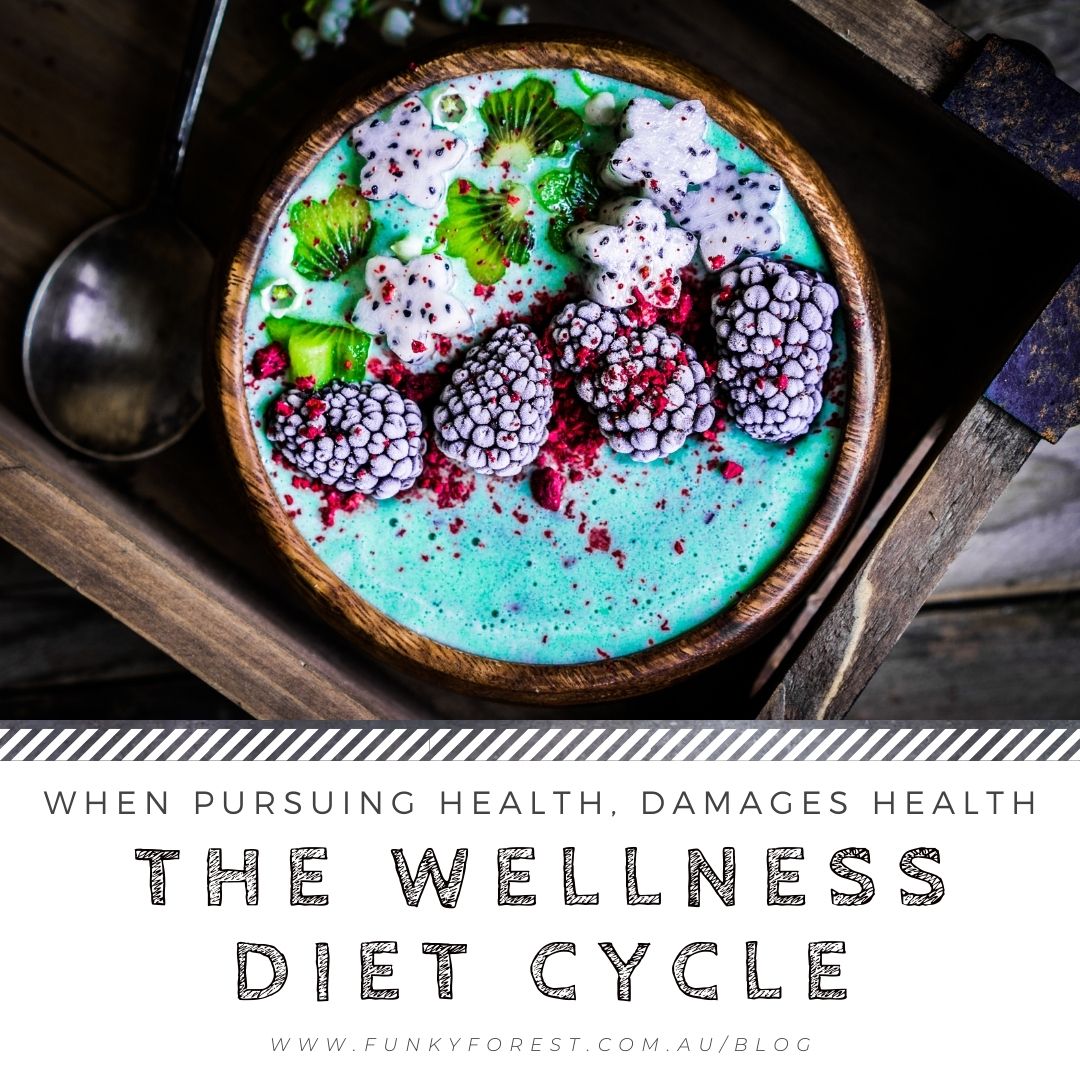
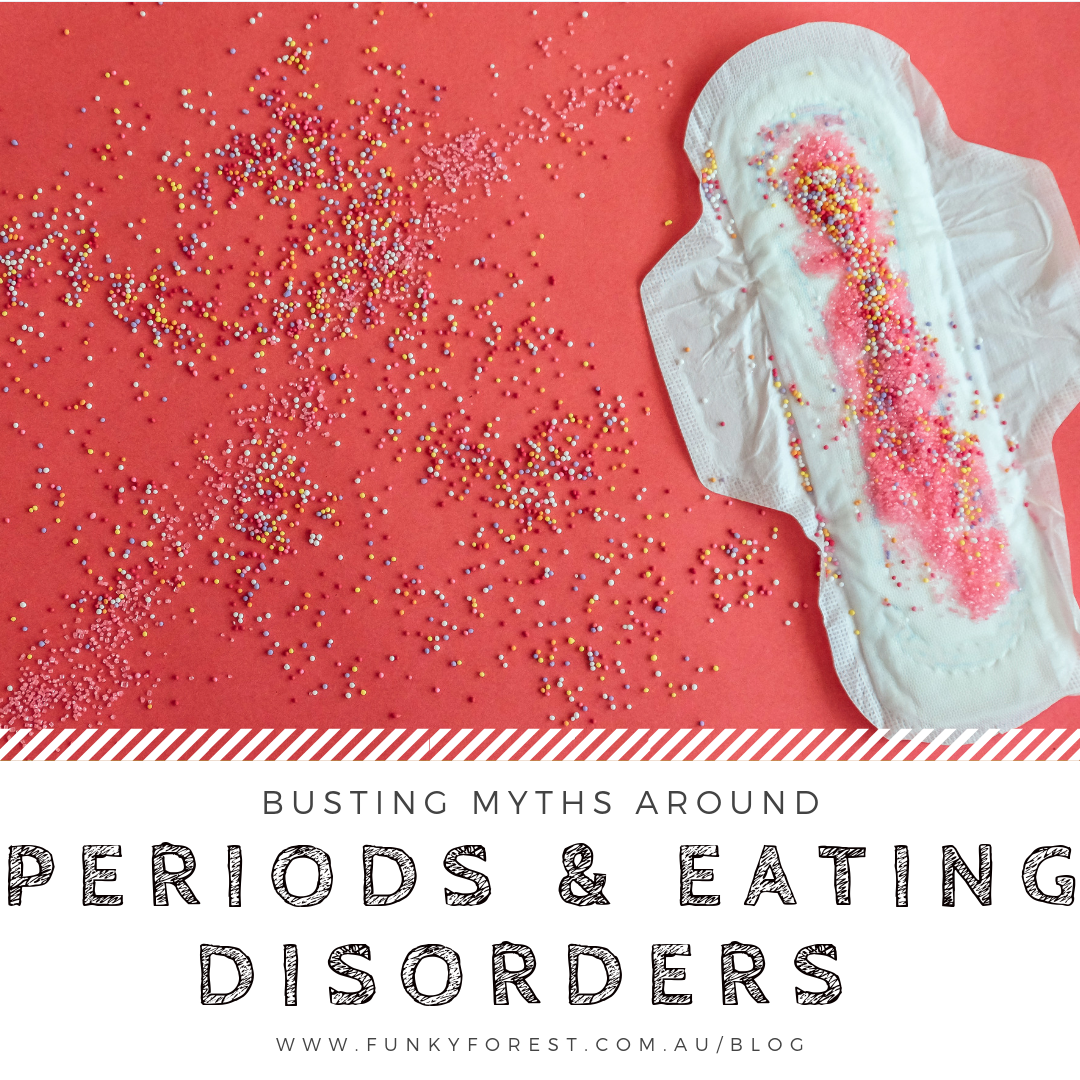
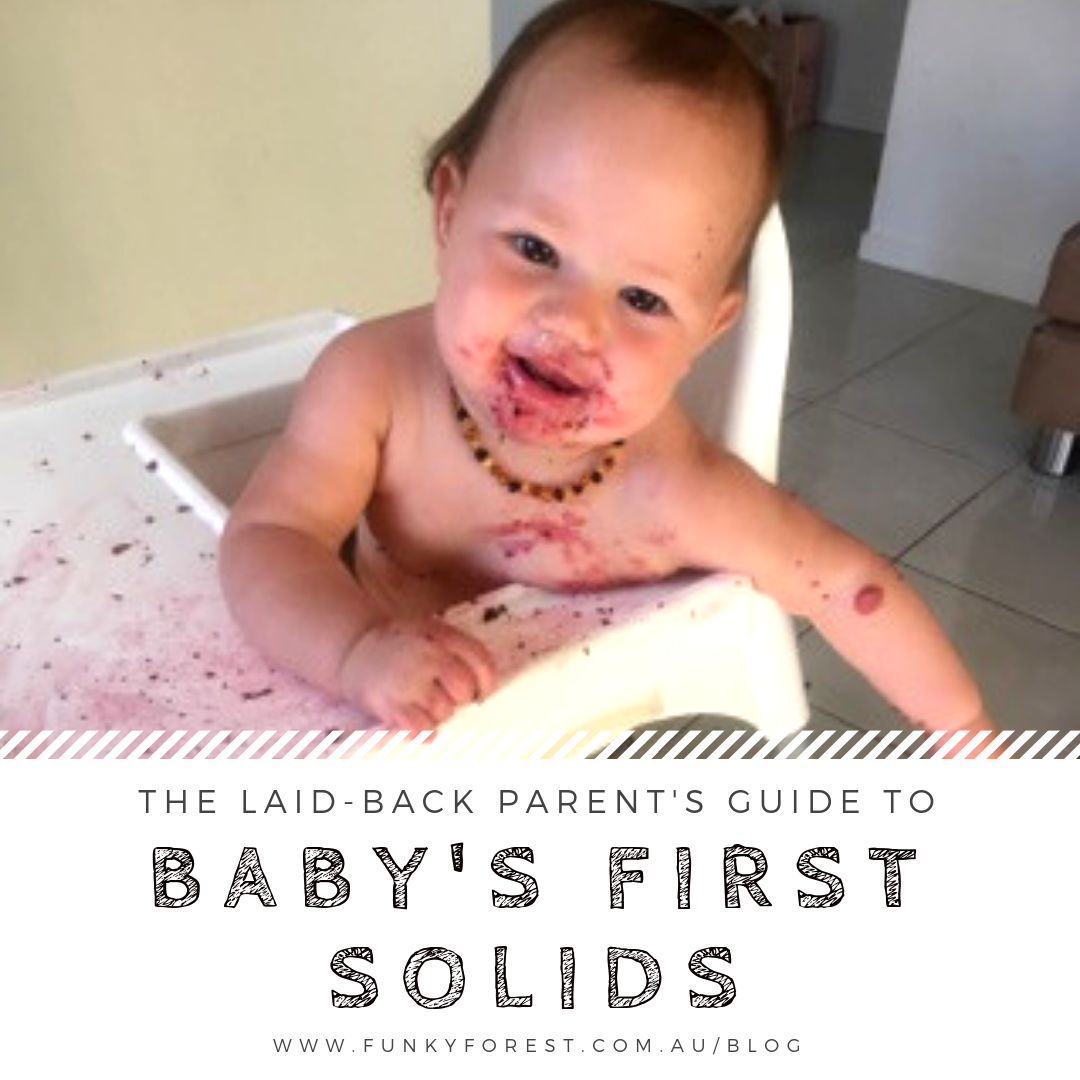

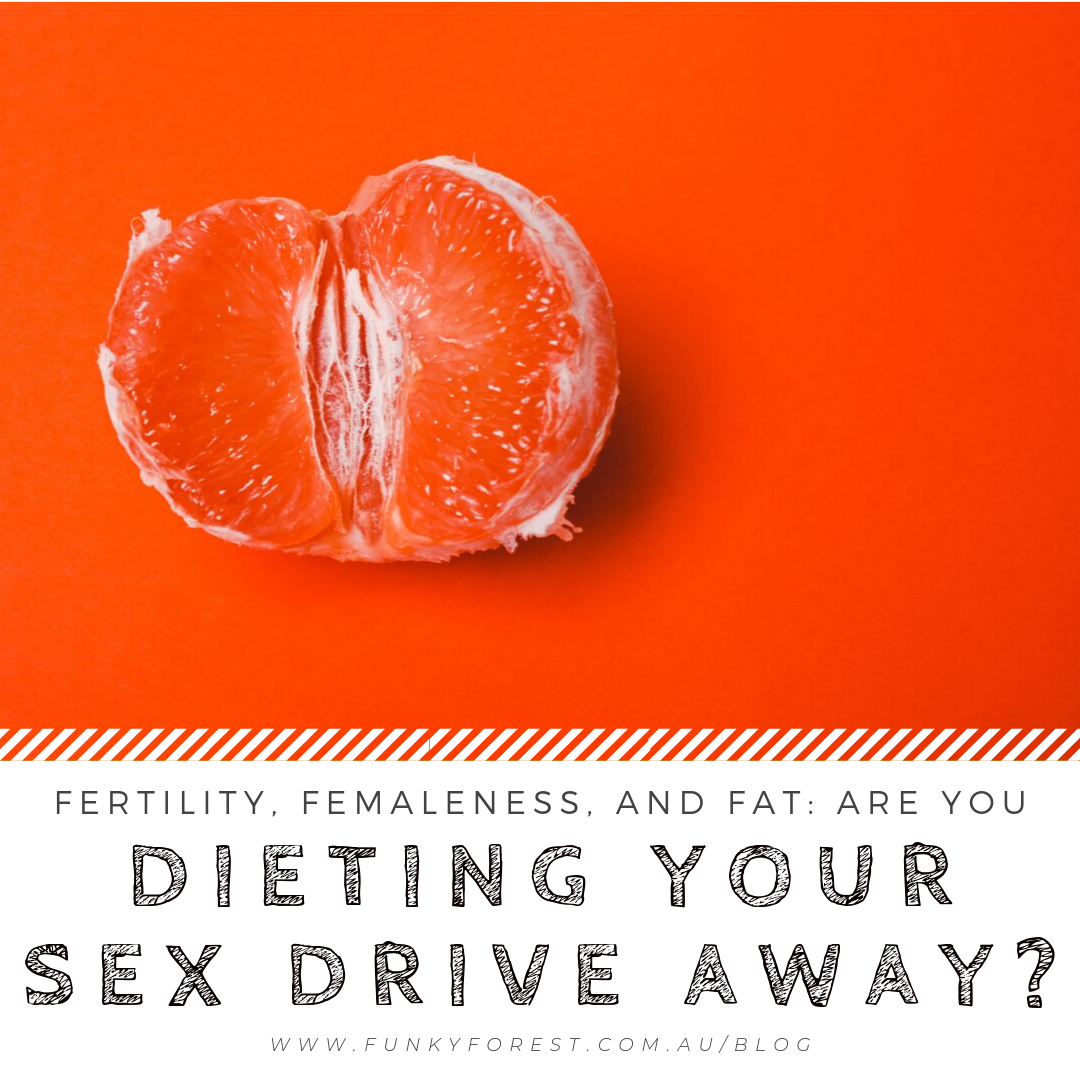
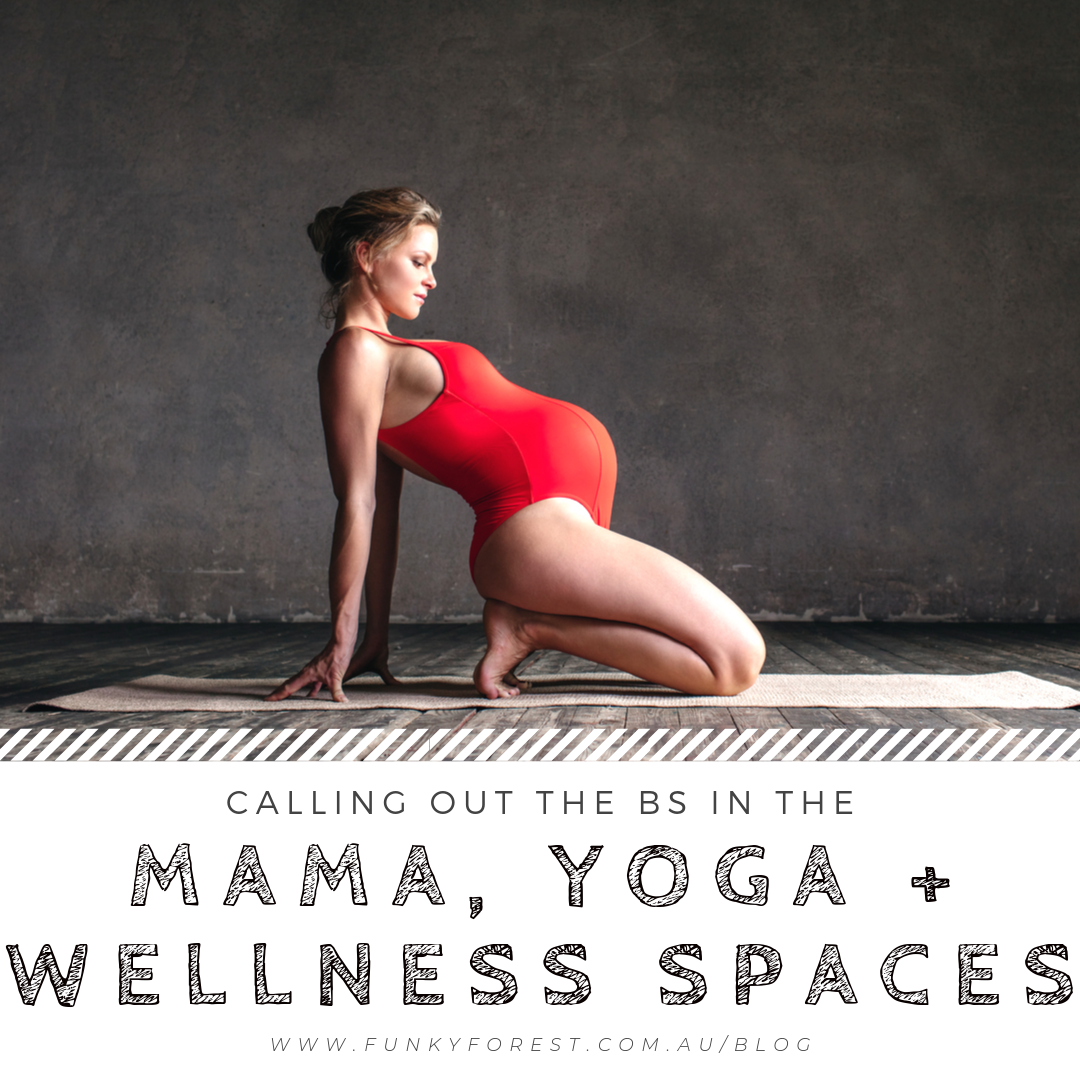

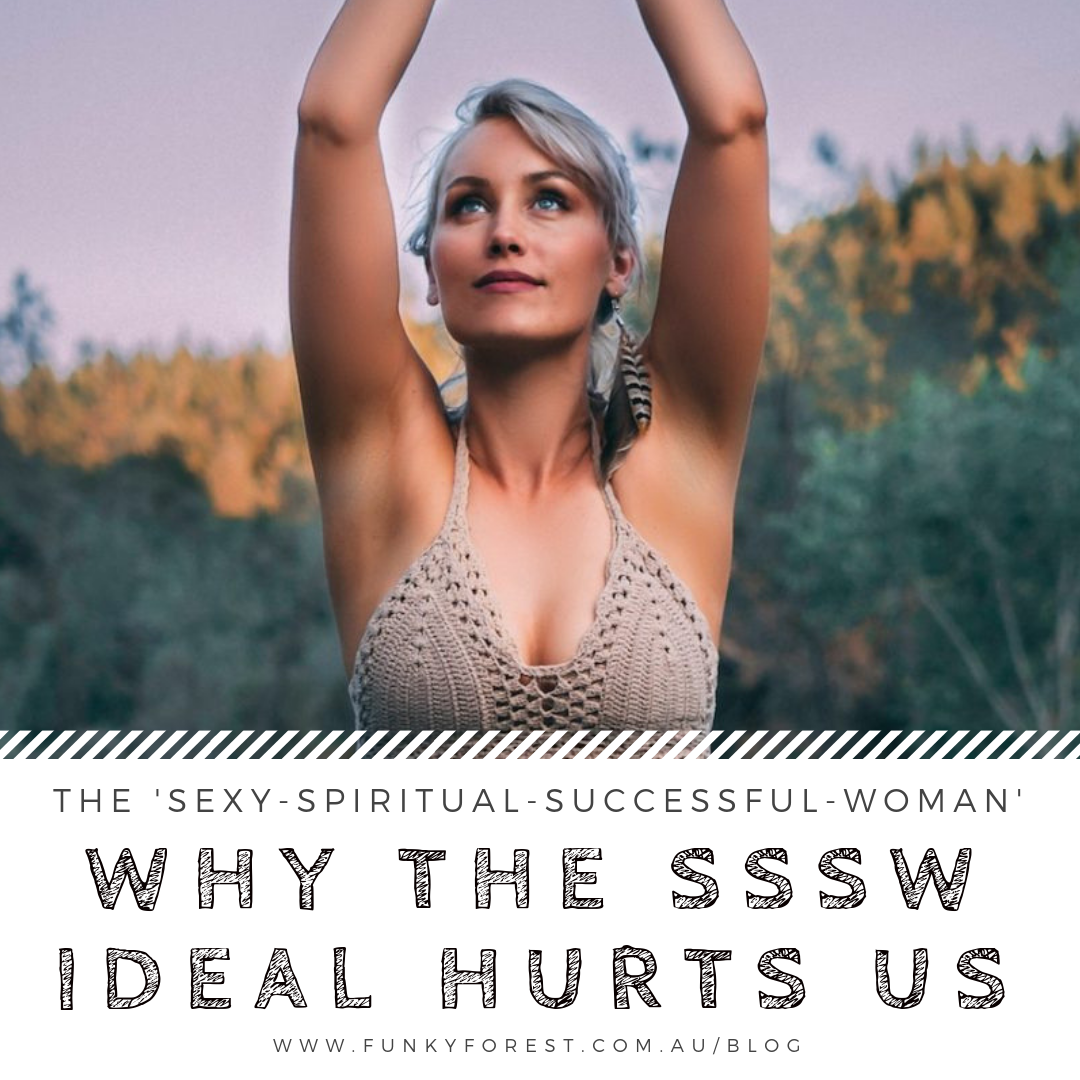
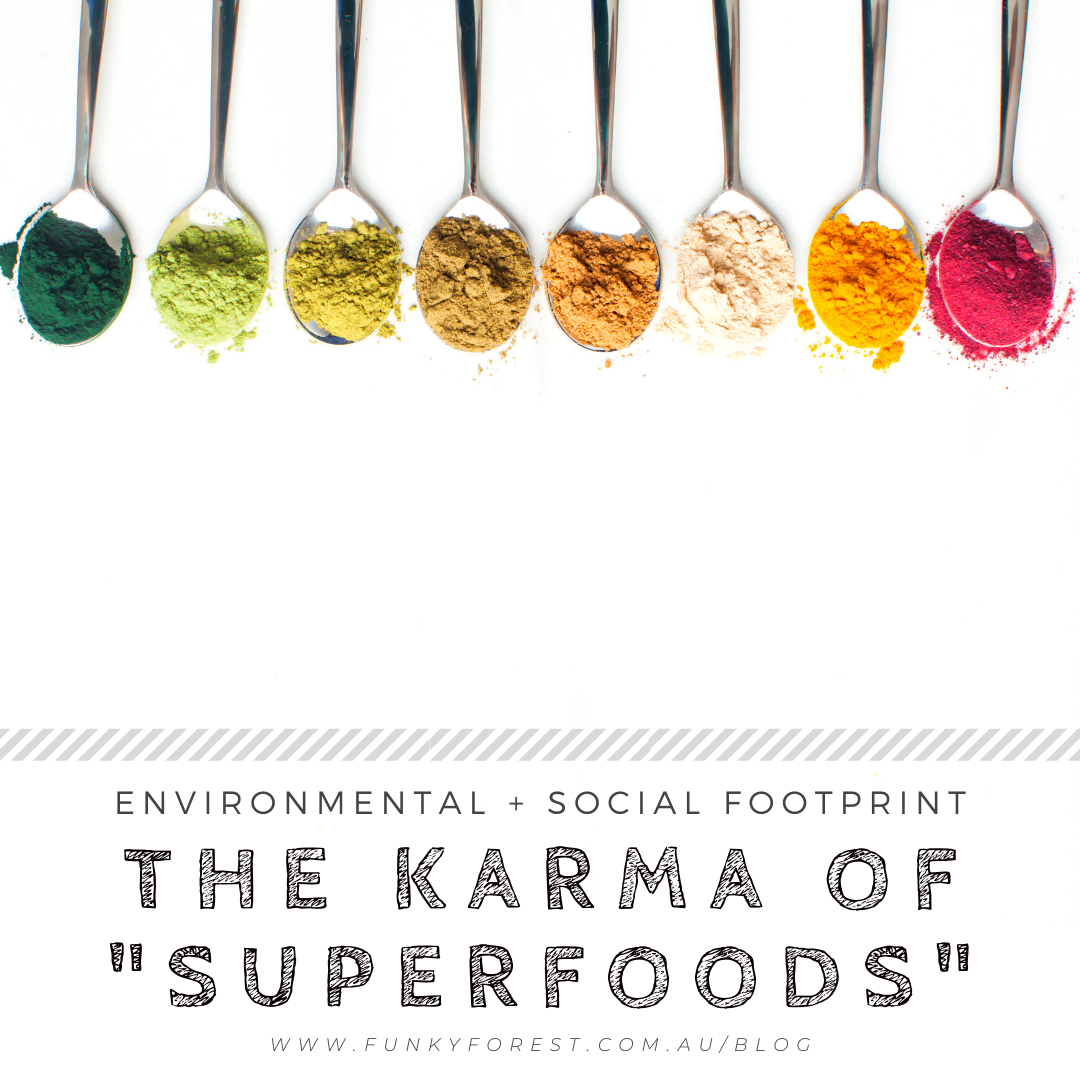
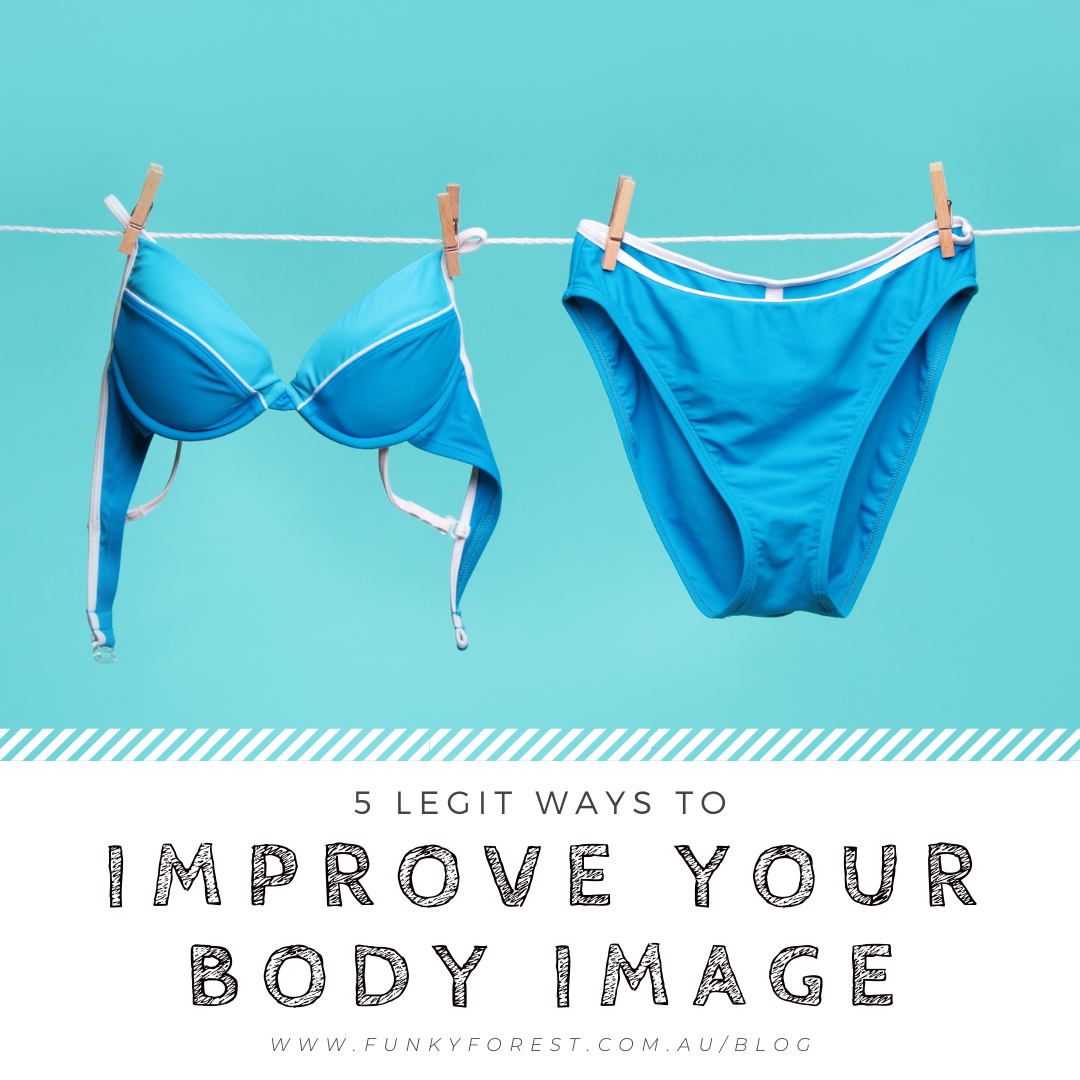

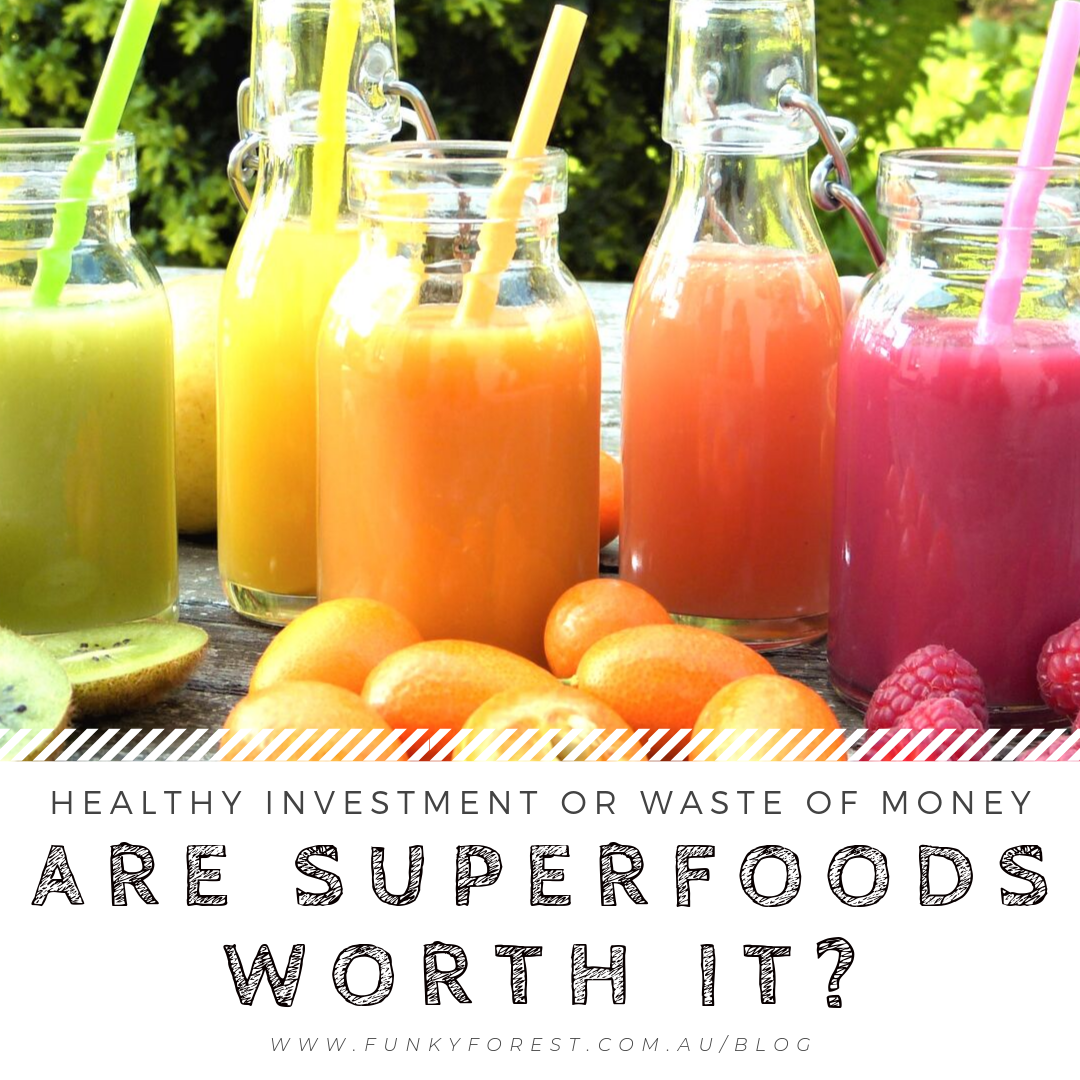
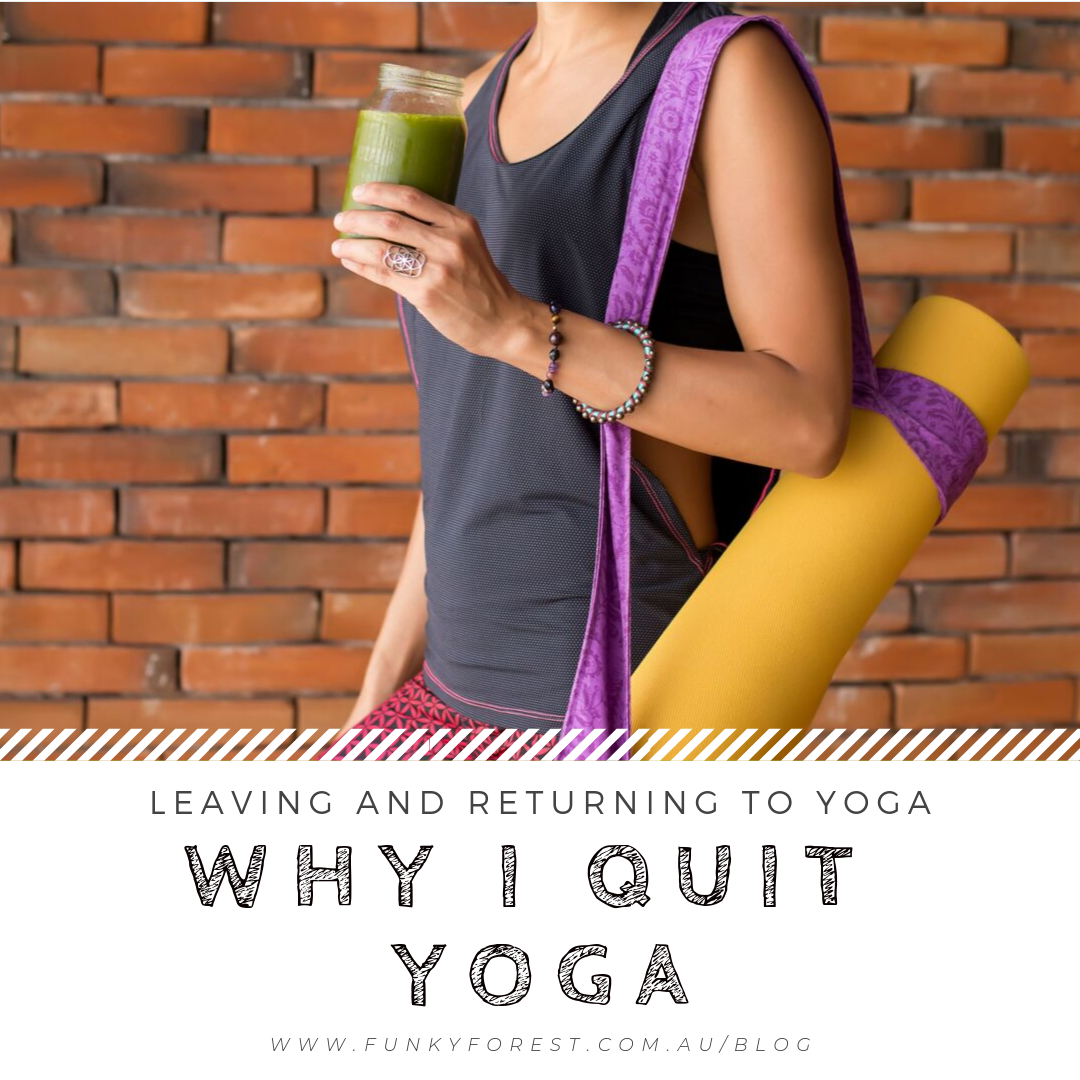
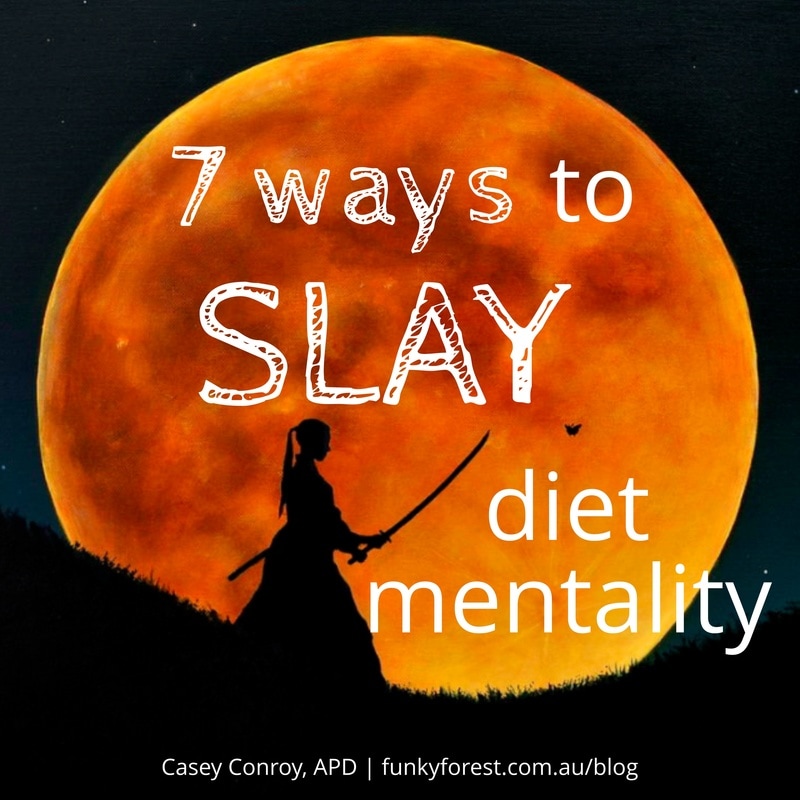
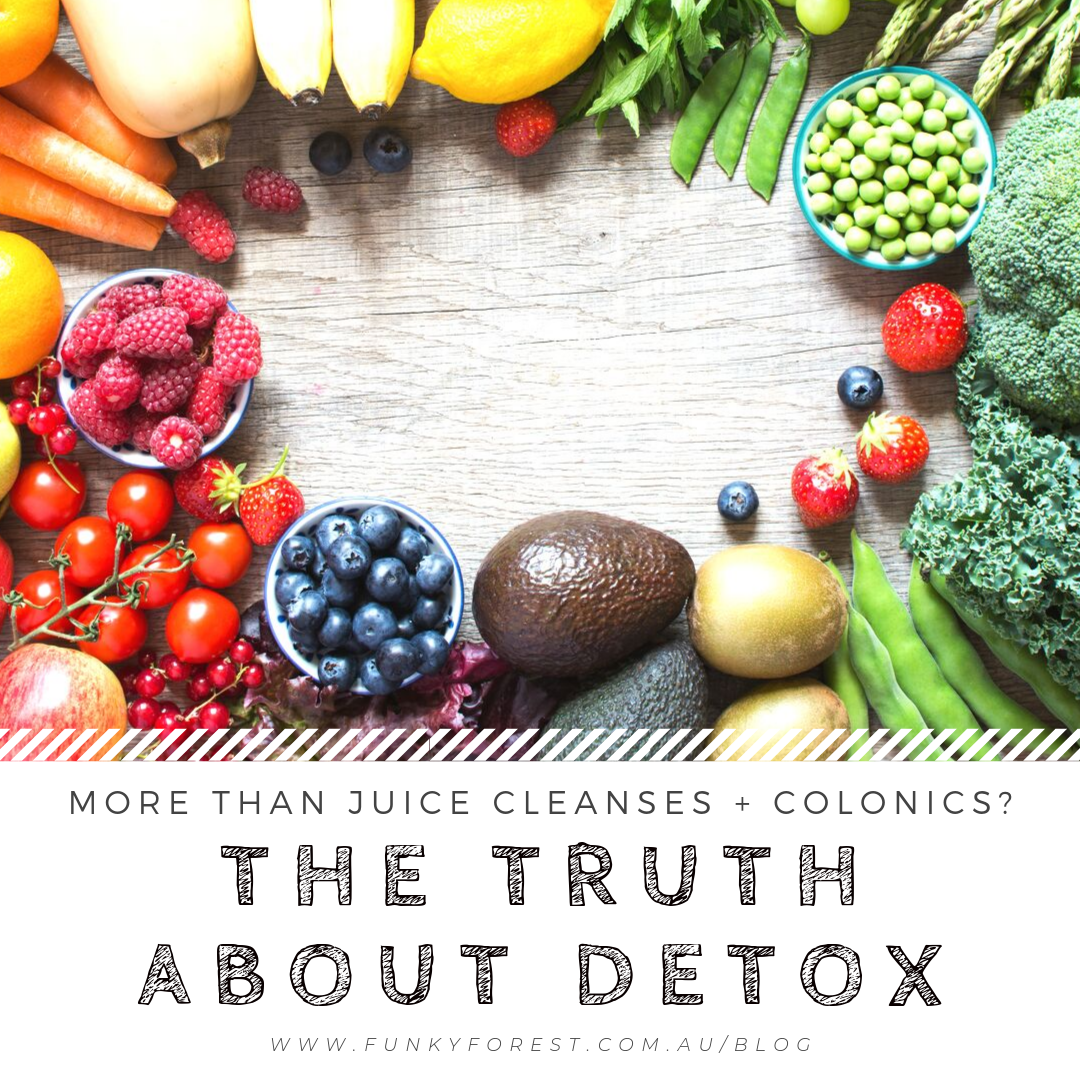
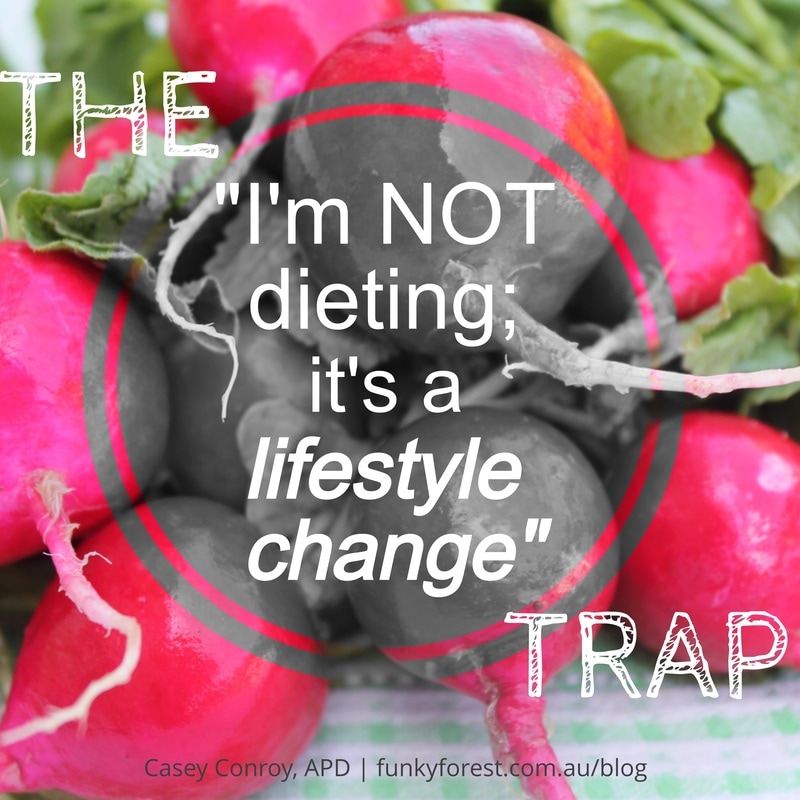
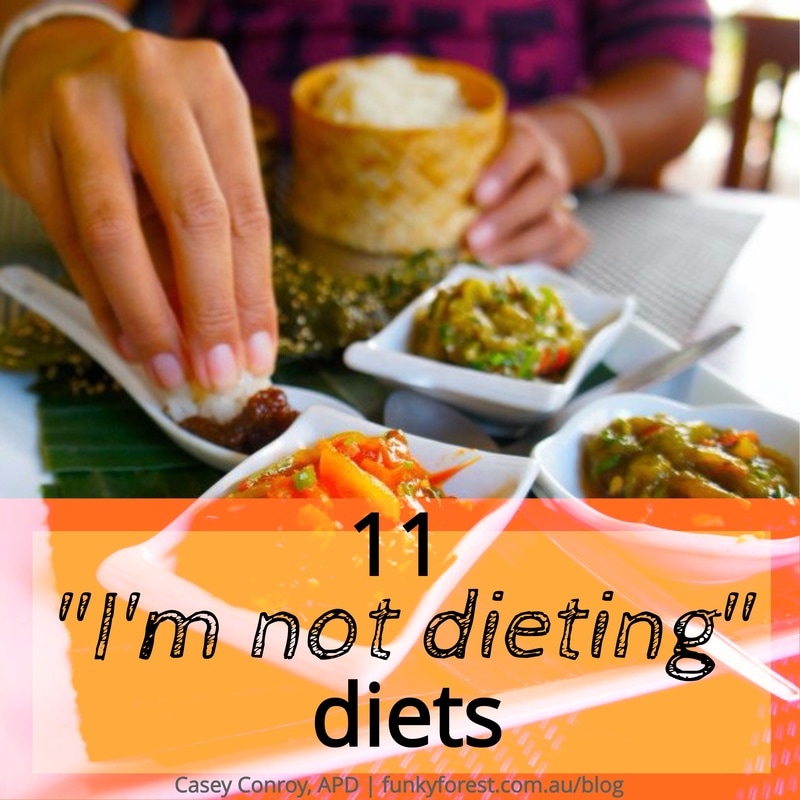
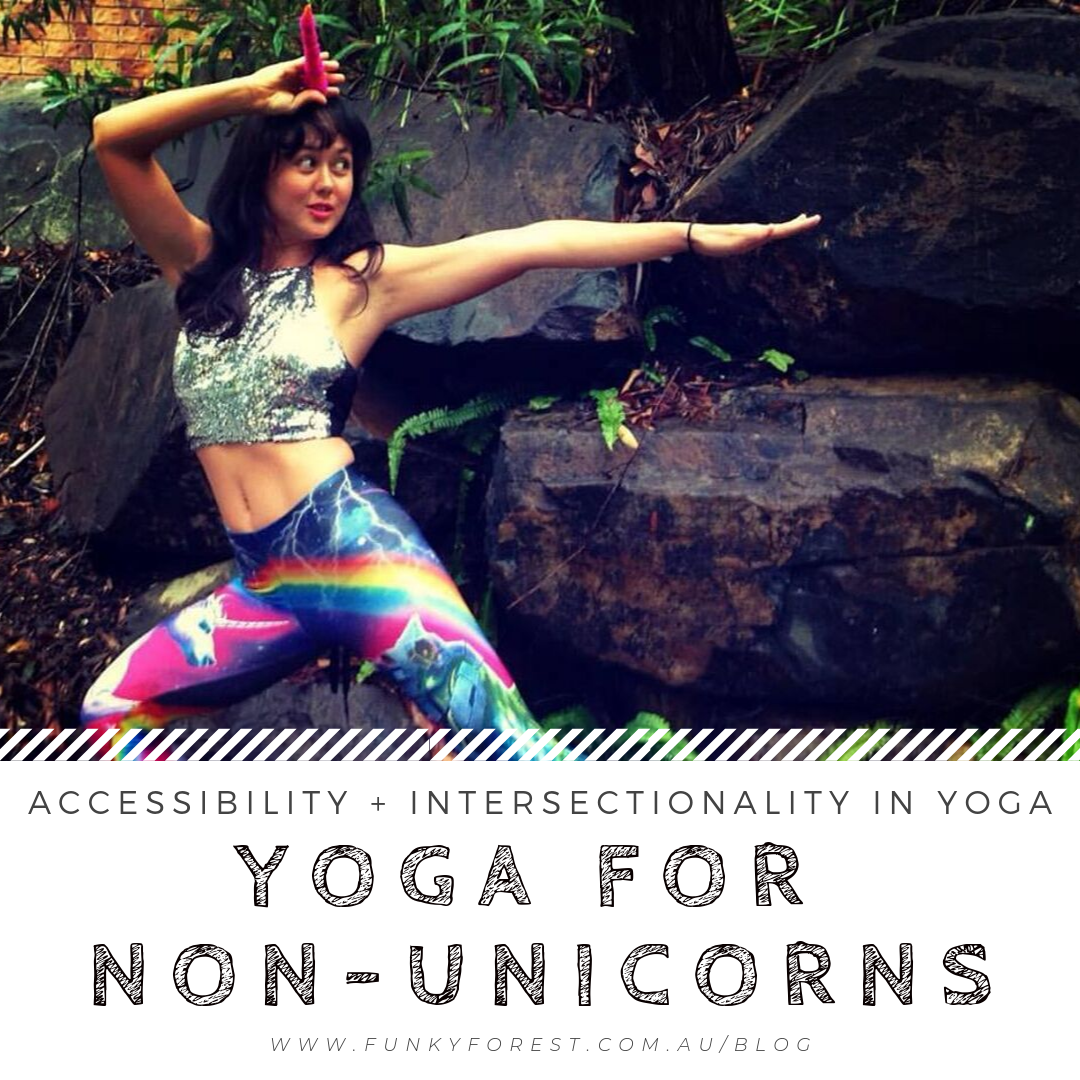
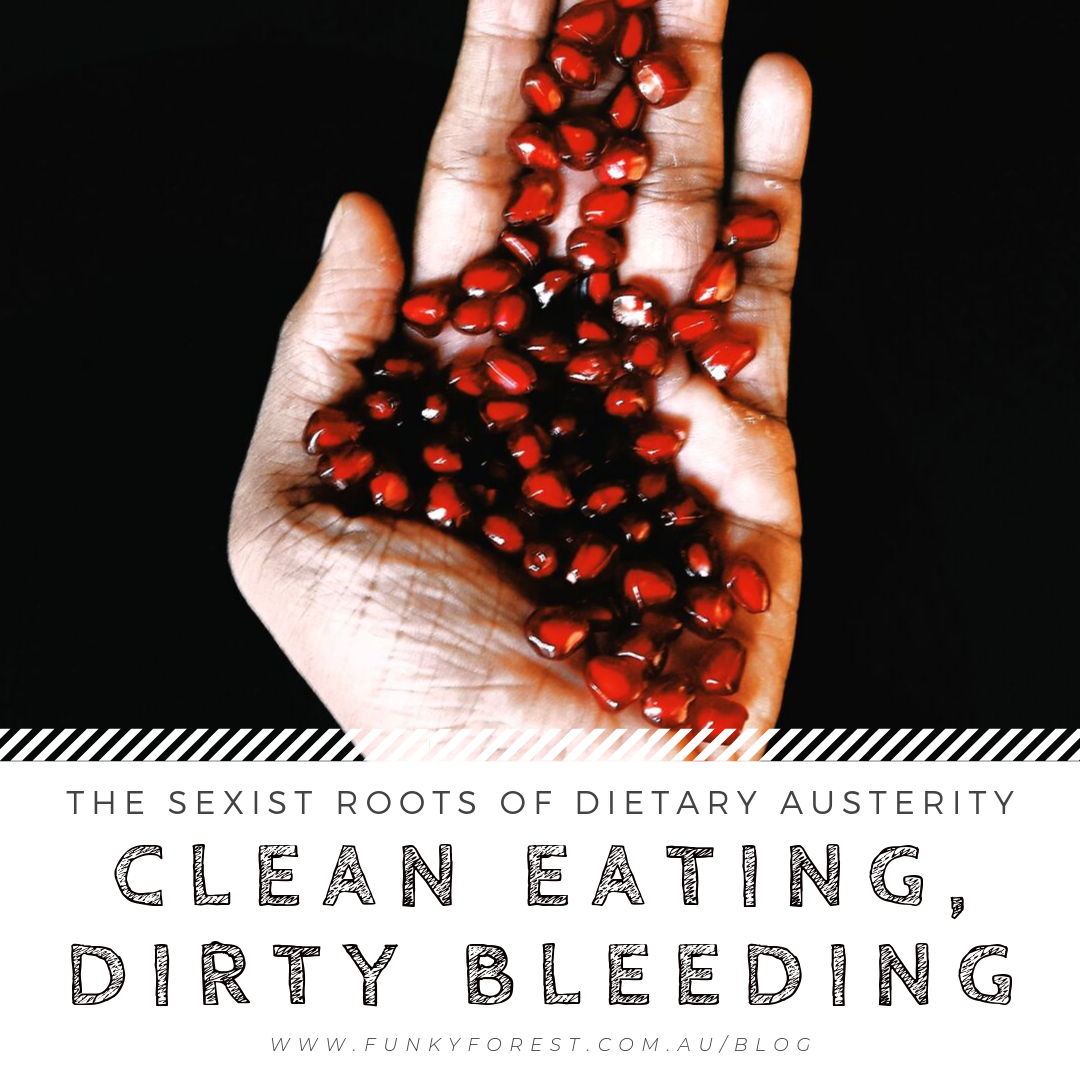
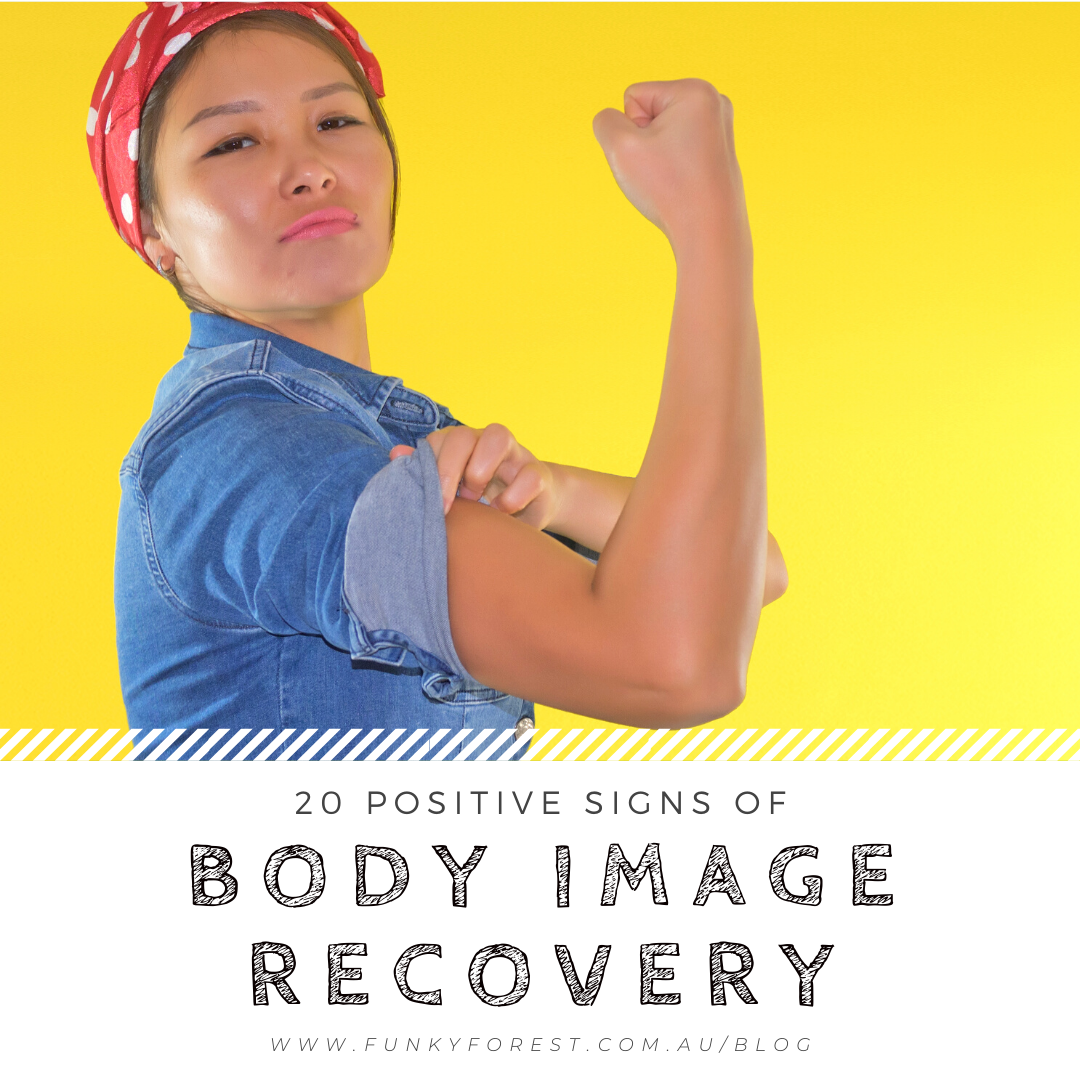
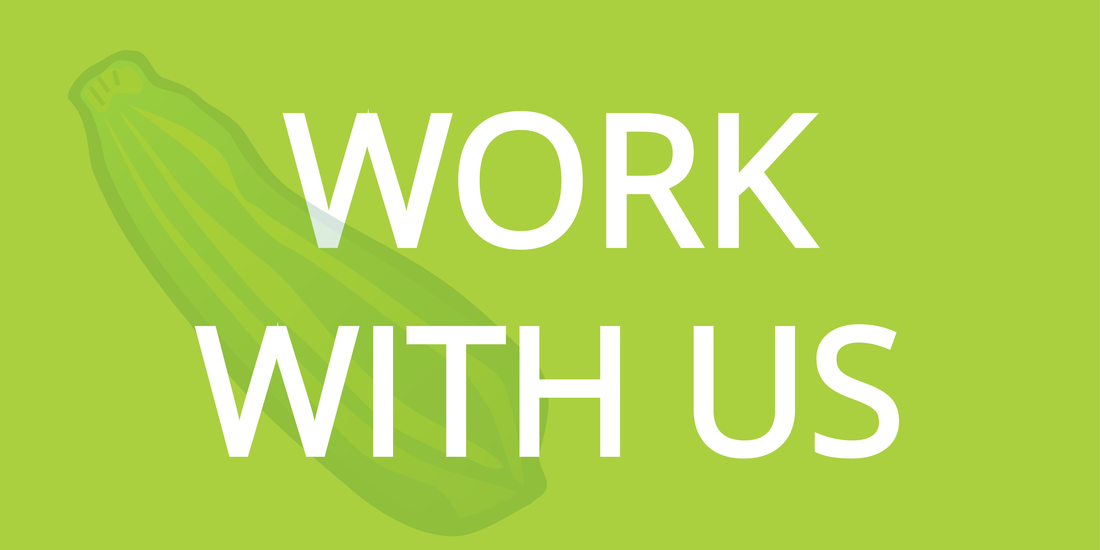
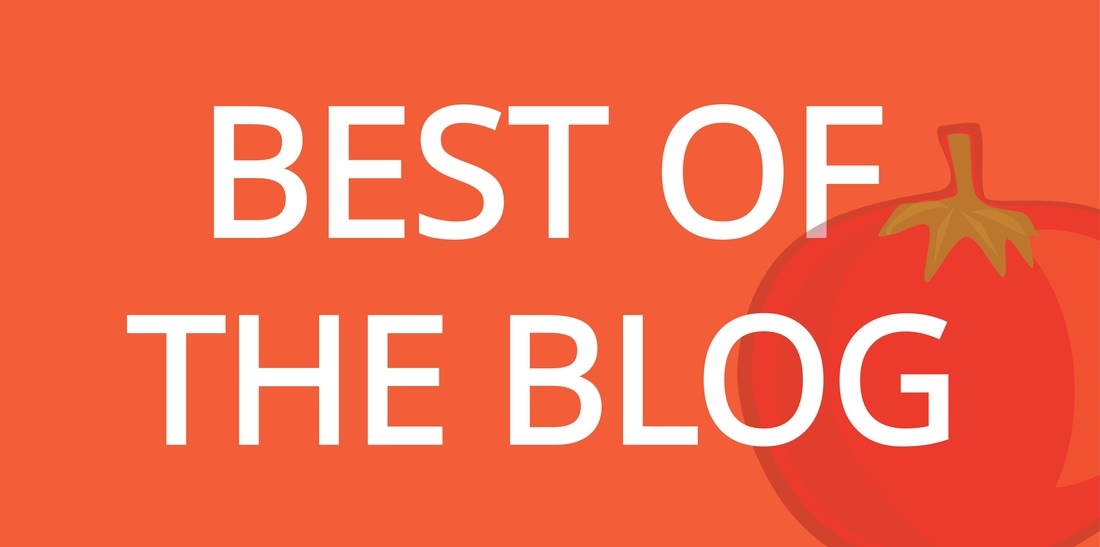
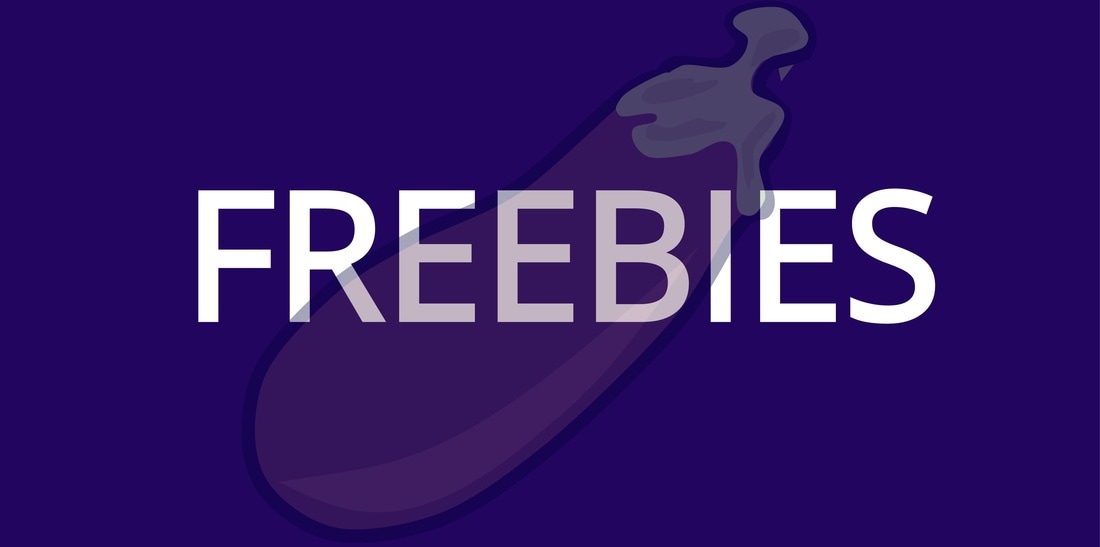
 RSS Feed
RSS Feed



